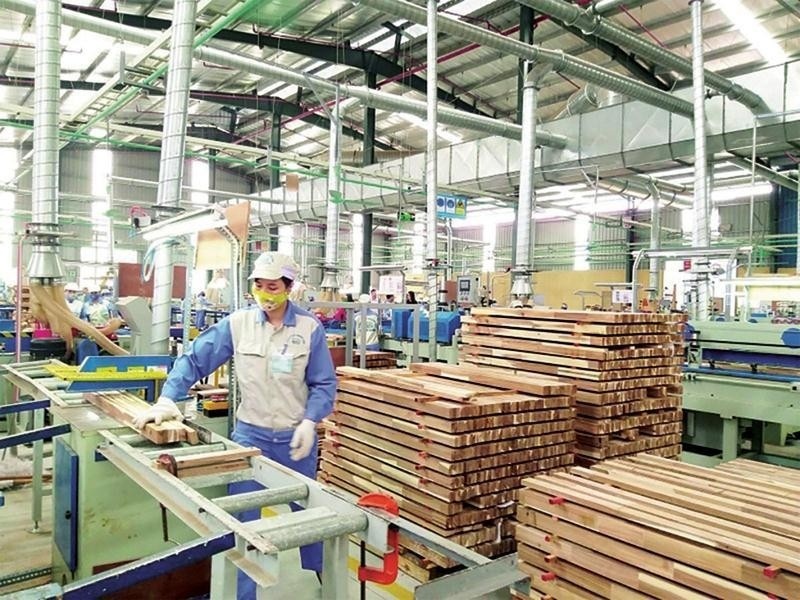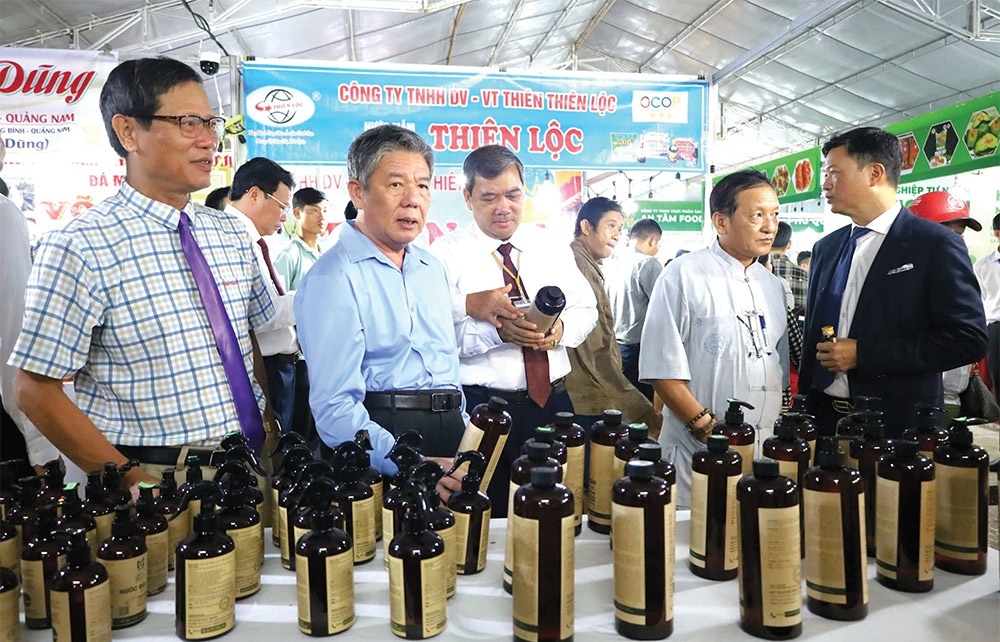Foreign meats to flood Vietnam market

The Department of Animal Health under the Ministry of Agriculture and Rural Development sent a document announcing the permission to import French boneless beef from cattle less than 30 months old, provided the product satisfies the country’s quality requirements.
Recently, the government has also removed all cattle age and product restrictions on US beef and beef products, provided these items are derived from cattle slaughtered on or after March 27.
These moves are expected to heat up the competition with Australia that is currently enjoying an 80 per cent market share. American, French, Canadian and European Union (EU) meat producers have speed up their plans to jockey for a position in the country’s market before the finalisation of the Trans-Pacific Partnership.
The EU sets the target to increase its meat exports to Vietnam by five per cent this year.
According to Agnieszka Rozanska, managing director of the Poland-based Union of Producers and Employers of the Meat Industry (UPEMI), this target is achievable due to the growing demand for EU pork and beef. At present, over 100 European enterprises have been approved for meat imports in the Vietnam.
Export of EU pork increased from 822 tonnes worth €933,630 ($1 million) in 2012 to 6,149 tonnes worth €6.7 million ($7.2 million) last year. Beef product shipments have also skyrocketed, with an over 70-fold increase in the export of meat products in the given period.
American meat producers are flooding the Vietnamese market. In 2014, Vietnam imported 2,869 tonnes of beefs from the US worth $22.1 million.
“With high-quality products and reliable suppliers, we believe in our ability to deliver meat over time to meet the rising demand,” said Philip C. Karsting, administrator of the Foreign Agricultural Service at the US Department of Agriculture.
When asked about his confidence about the US to gain the biggest market segment, Karsting stated: “I think we will be competitive in some markets. We have very productive producers of beef, pork and poultry in the US. Vietnamese consumers will have the opportunity to judge them on their own, so we are very optimistic about our ability to be successful.”
In March, Canada Beef International Institute and the Embassy of Canada in Vietnam jointly held the first branding event in Ho Chi Minh City, which was aimed to introduce premium Canadian beef to Vietnamese retail outlets and restaurants.
Locally-owned Hoang Anh Gia Lai Joint Stock Company (HAGL) is also entering the competition with the target of raising 13,000 dairy and 100,000 beef cattle, from which 60,000 will be sold within 2015.
HAGL will be able to easily break into the market since Vietnam currently demands 3,000 to 4,000 cows on a daily basis for consumption, with no domestic firms able to satisfy this need. HAGL provided Vissan with 2,000 cattle during the Lunar New Year.
Philip C. Karsting is optimistic about this competition, “as the market fluctuates all the time, people will adjust accordingly. At the end of the day, the more competition we have, the more benefits consumers will gain.”
According to Nguyen Dang Vang, chairman of Vietnam Livestock Association, the competition posed by foreign meat will make the Vietnamese livestock industry more refined. The enterprises with the capacity for breeding, increasing farm size, animal feed resources and cutting production costs will continue to exist.
What the stars mean:
★ Poor ★ ★ Promising ★★★ Good ★★★★ Very good ★★★★★ Exceptional
Latest News
More News
- RoK’s corporation wins bidding for Long Thanh Airport project (August 30, 2024 | 15:59)
- NA Vice Chairman lauds Heineken Vietnam’s three-decade track record (August 30, 2024 | 15:51)
- Vietnam formulates policies to promote shift to EVs (August 30, 2024 | 11:38)
- Draft law aims to tighten social media advertising (August 30, 2024 | 11:32)
- Da Nang, RoK's Seoul fortify startup community connections (August 30, 2024 | 08:55)
- Deputy PM calls on Chinese firm to boost infrastructure cooperation with Vietnam (August 29, 2024 | 17:41)
- Telegram boss Durov charged, banned from leaving France (August 29, 2024 | 15:54)
- Lego profit rises as it gains market share (August 29, 2024 | 15:39)
- Chinese EV giant BYD posts 24.4 per cent rise in profit (August 29, 2024 | 15:32)
- Ericsson and PTIT collaborate to drive 5G implementation (August 29, 2024 | 14:27)


















 Mobile Version
Mobile Version